Why an Australian scientist is finding out more about Lake Geneva
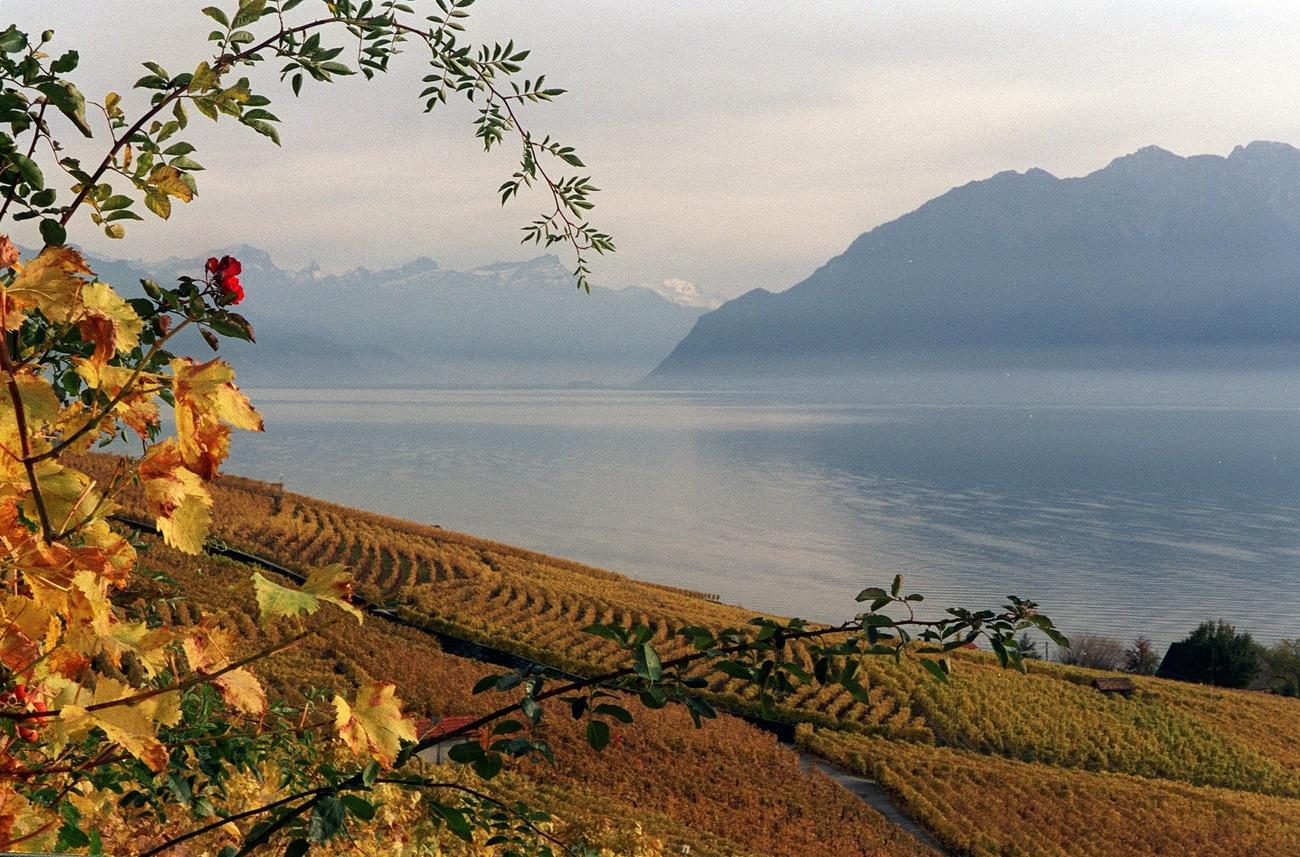
Iconic Lake Geneva is not only beautiful, with huge cultural value for the people around it, but it is also a “fascinating open-air laboratory”, says Australian scientist Andrew Barry. The research he and his team are doing in this lake could help us understand more about climate change and the impact of human activity on water resources all over the world.
Professor Andrew BarryExternal link, originally from Brisbane, Australia, joined EPFL in 2005. He currently heads EPFL’s Environmental Engineering Institute. Since September 2018 he has also been interim Dean of its School of Architecture, Civil and Environmental Engineering (ENAC), which joins these three disciplines. That, he says is one of the reasons why he came to Lausanne.
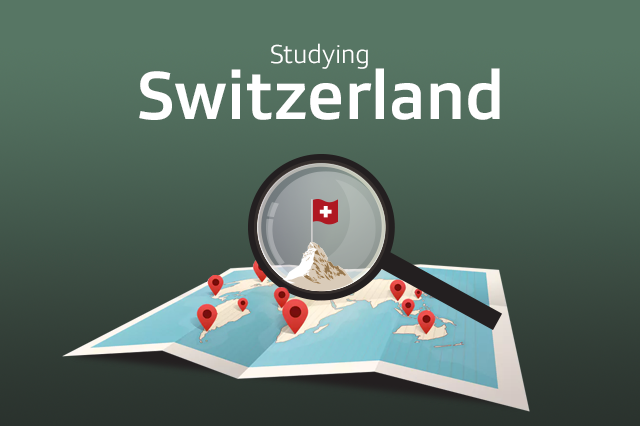
“I think the Swiss system is remarkably well integrated, which is an attraction to come here,” he told swissinfo.ch. “And this rather rare combination of disciplines within a single faculty is extremely useful, because we can tackle everything to do with the environment and how it’s changing and the effects of climate change.” He says that as he spent more time here near Lake Geneva, “I became more and more interested in the lake and the science of the processes within it”.
Why an “open-air lab”?
Lake Geneva, known to francophone locals as “Lac Léman”, is particularly valuable to scientists because of its size and depth, Barry explains. Covering a surface of some 580 square kilometres, it is the largest lake touching Swiss shores, although not strictly the largest Swiss lake, since half of it is in France. At its deepest, the lake goes down to 309 metres. It is part of the Rhône River, which feeds it from the glacier of the same name flowing in from the east, and out at the western side in Geneva, where it then flows through France down to the Mediterranean Sea. The lake’s water level is controlled in Geneva.
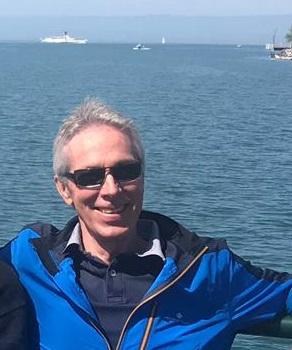
“If you take a glass of water and look at it, there’s not much going on,” says Barry. “On the other hand, if you take large fluid bodies like oceans you have tidal effects, wind, you can have big storms, then of course, there’s all the biological activity. A large lake is not an ocean, but hydrodynamically it’s something like a small ocean without tides.”
There are no big waves and the surface winds are much lighter, but he says the size of the lake allows good observation of the Coriolis effectExternal link, which causes water to tend to move in a circular motion if disturbed, for example, by the wind. This is caused by the rotation of the planet. The depth of the lake also allows observation of vertical mixing between surface waters and the deep cold water. Various effects in the lake can aid this process and help bring oxygen from the surface to deeper waters, which is important for water quality and fish. Water movement and mixing in the lake can also help attenuate undesirable inputs like wastewater.
“It’s a very deep lake, which gives rise to a very rich hydrodynamic system,” Barry explains. “That’s why as an outdoor laboratory, it has the intricate motions and complexity which make it a very interesting and challenging scientific body of water to study. And because of this size, a lot of what we find here in terms of understanding of the lake can apply to other lake systems.”
Taking the temperature
Professor Barry has been conducting research on the lake for some 10 years now, and much of this involves measuring and recording. “We measure currents in the lake in quite a lot of detail,” he says, “and we measure water properties such as temperature at certain depths, which controls water density to a large extent.”
Measuring is done in several different ways. Instruments are placed at various depths in the water to provide vertical profiles, such as of the temperature at different depths. The team also has an autonomous Catamaran equipped with instruments used to take measurements of air and water properties around the lake. In addition, there is a thermal imaging system mounted on a balloon which sits between 500 metres to 1.5 kilometres above the lake surface.
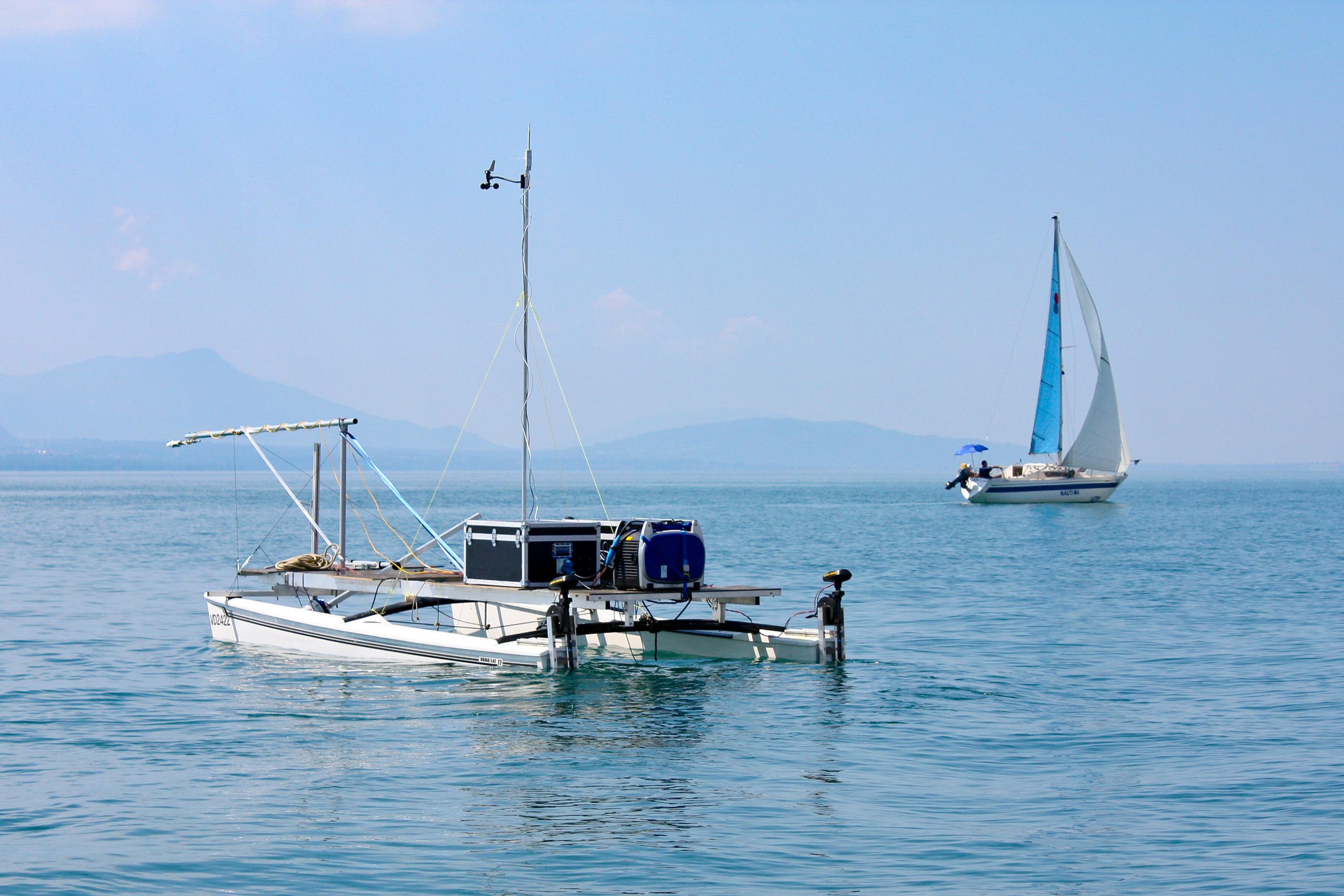
“With thermal imagery we can get the temperature of the lake water and then use that in our calculations of the surface energy exchange, which over time has a major influence on the lake’s energy balance,” Barry explains. “And there’s a considerable variation in temperature. Even if the surface of the water looks homogeneous and flat, when you start to interrogate it, you find it’s actually quite variable.”
EPFL is only one of several organisations conducting research on Lake Geneva, including the Franco-Swiss Commission Internationale pour la Protection des Eaux du LémanExternal link (CIPEL). EPFL is collaborating with EAWAGExternal link and the Universities of Geneva and Lausanne on a new research platform off Pully, which Barry says is complementary to his team’s work.
“The scientific world is very international and Switzerland is very plugged into this,” says Barry. “Also, Switzerland is a small country, so the scientists get to know each other maybe more easily than in a big country. So Switzerland’s size and its location are both factors that lead to strong collaborative efforts.”
Environmental engineering
Environmental engineering relies quite heavily on scientific knowledge. So where does the engineering part come in? Barry says that if there is a discharge into the lake, EPFL’s research can help determine where it goes, how long it stays on the surface and possible chemical reactions due to sunlight that can affect the lake’s water quality status. If there is to be a new water intake from the lake, such as for drinking water, the research can help determine where to put it.
“Another group here was looking at building an artificial island for birds,” Barry continues. “The question is if you build an island how does it affect the hydrodynamics of the lake? These are the kinds of things that we contribute to.”
What lies beneath
So is Lake Geneva getting warmer? The lake’s volume is about 89 km3, so changes in its temperature occur gradually. Long-term statistics show a tendency to warming, but this is by no means linear and the lake system is complex.
One of the things Barry’s team has studied is a process called wind-driven coastal upwelling, whereby cold water from the depths can rise to the surface. Coastal upwelling is especially pronounced in winter when the temperature difference between surface and deep waters is small. This so-called weak stratification allows the energy of strong winds blowing across the surface of the lake along its long axis to penetrate deep into the water column.
“In our recent work, we found that particularly after a wind of several days, there’s a large amount of upwelling and — it’s a bit hard to believe — the water is coming from as deep as 150 to 200 metres.” Upwelling is a known phenomenon, but it is particularly evident in this lake because of its depth and steady winds over several days.
Another surprising phenomenon called a turbidity current happens at the eastern end.
“When the Rhône comes into the lake it brings sediment and also normally cooler temperature,” explains Barry. “So it’s more dense water. The water can plunge, it can dive. If the water is dense enough it’ll go down to the bottom, where there’s a steep slope. This water can travel on the bottom almost to the middle of the lake. It gouges out part of the bottom of the lake and you can see the marks in the lakebed morphology where this happens.”
Professor Barry lives near Montreux, and so also gets the chance to observe Lake Geneva from the train each day on his ride to work. “Certainly, like everybody else, I’m very fascinated by the lake,” he says.
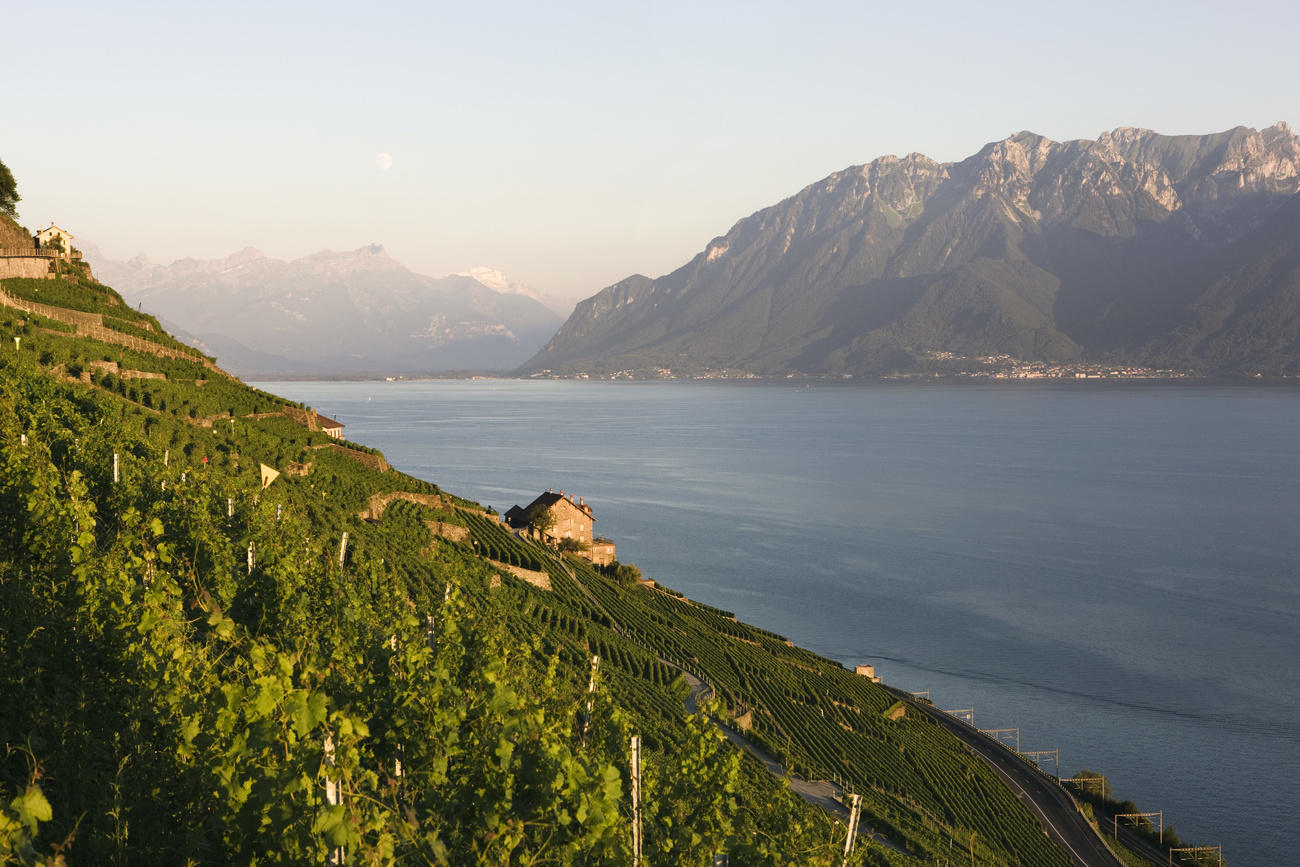
More
Discovering the secrets of Lake Geneva

In compliance with the JTI standards
More: SWI swissinfo.ch certified by the Journalism Trust Initiative

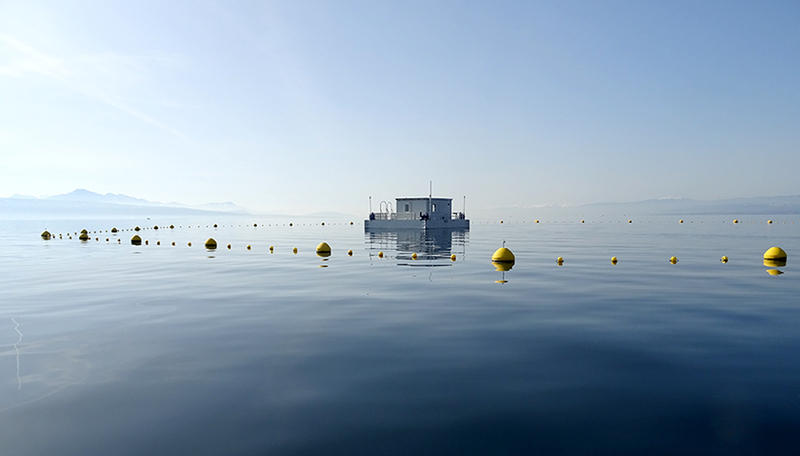
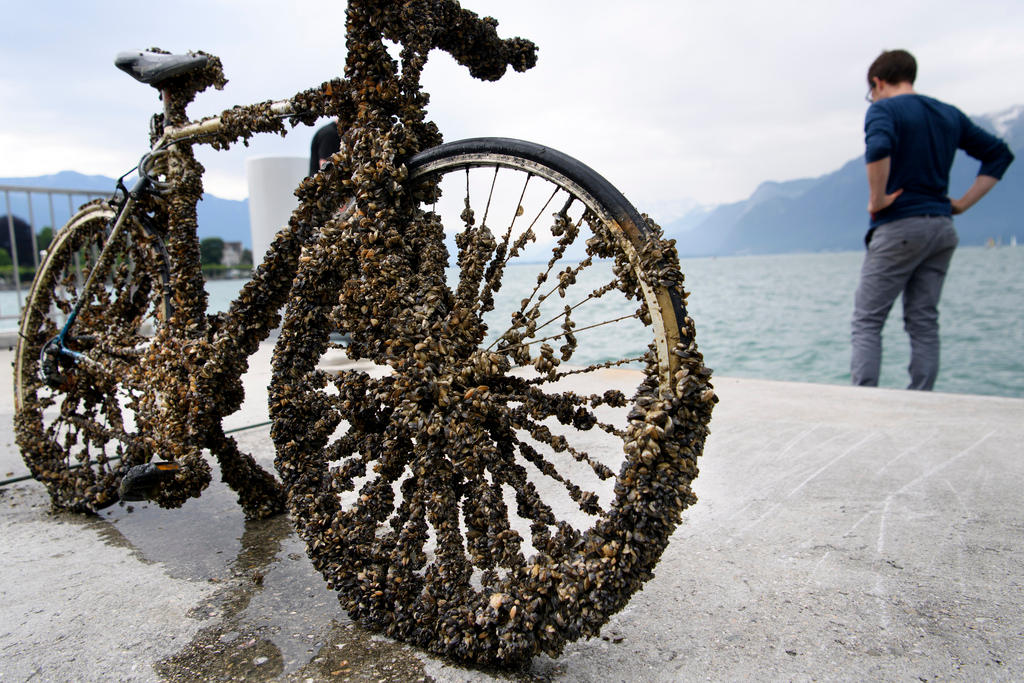
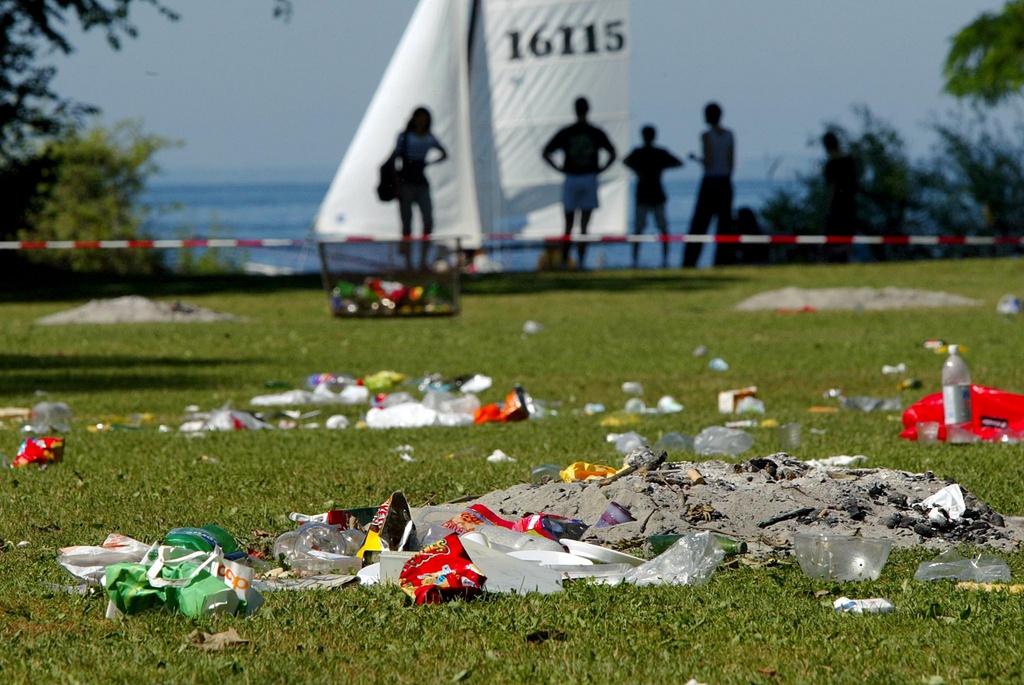
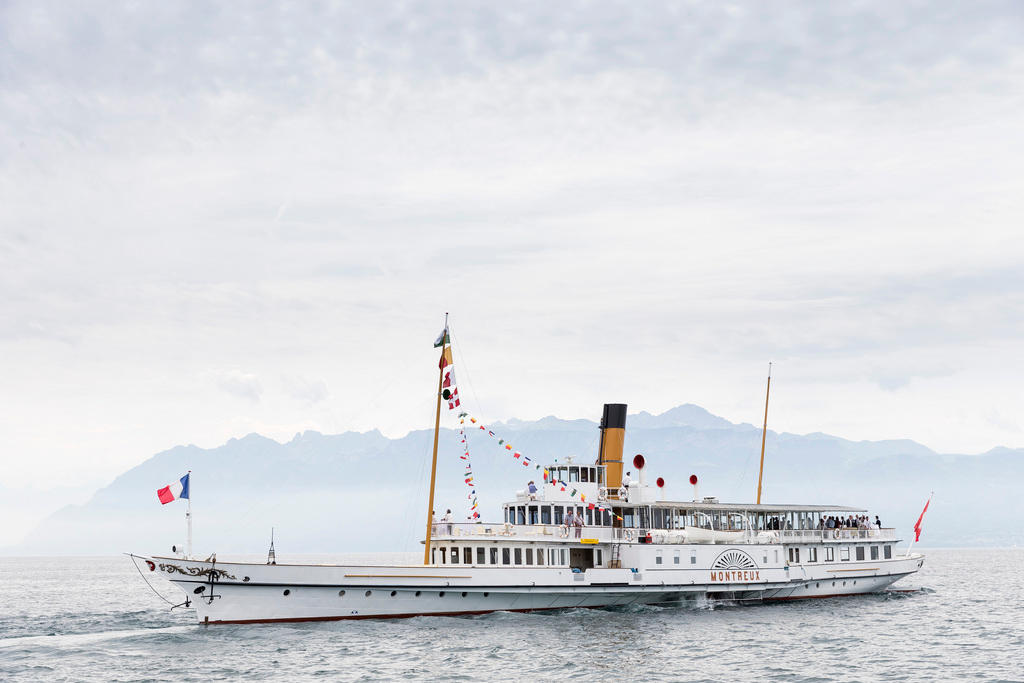
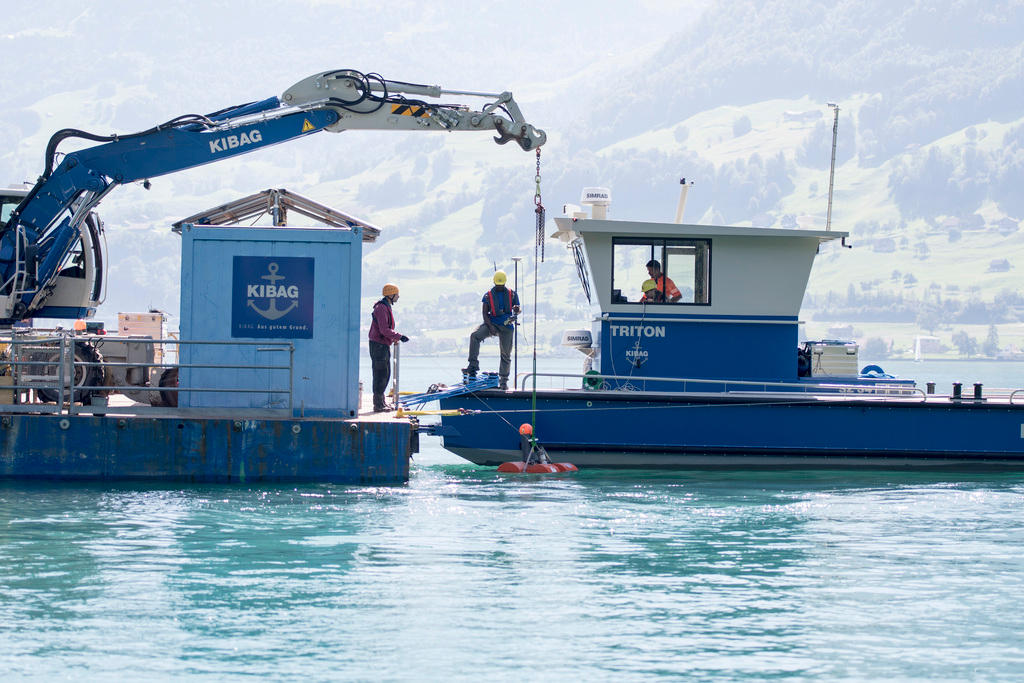

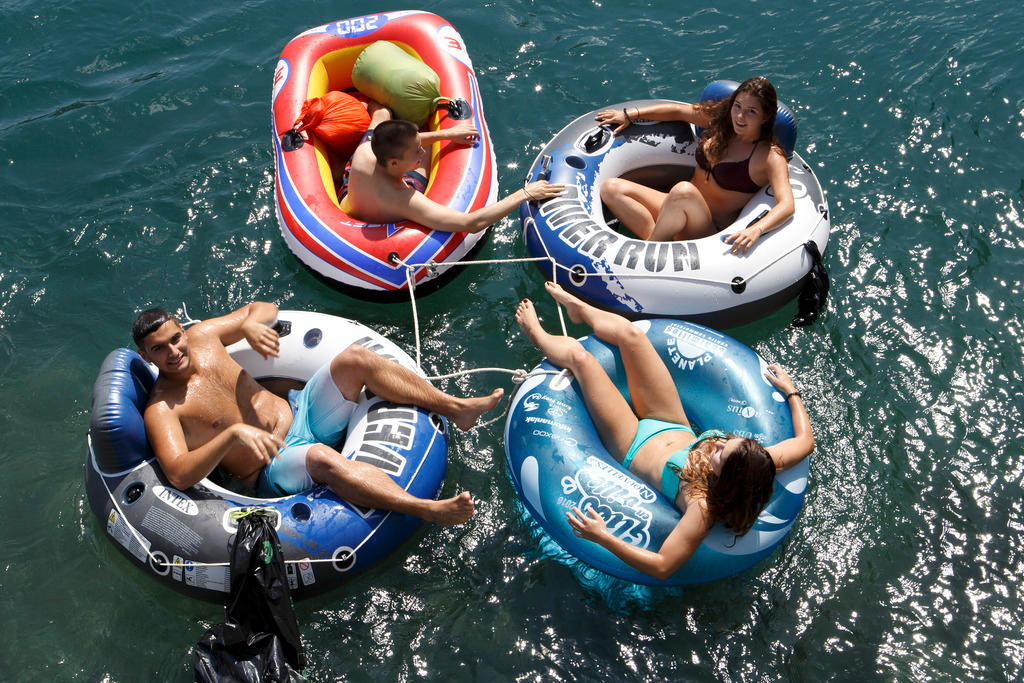
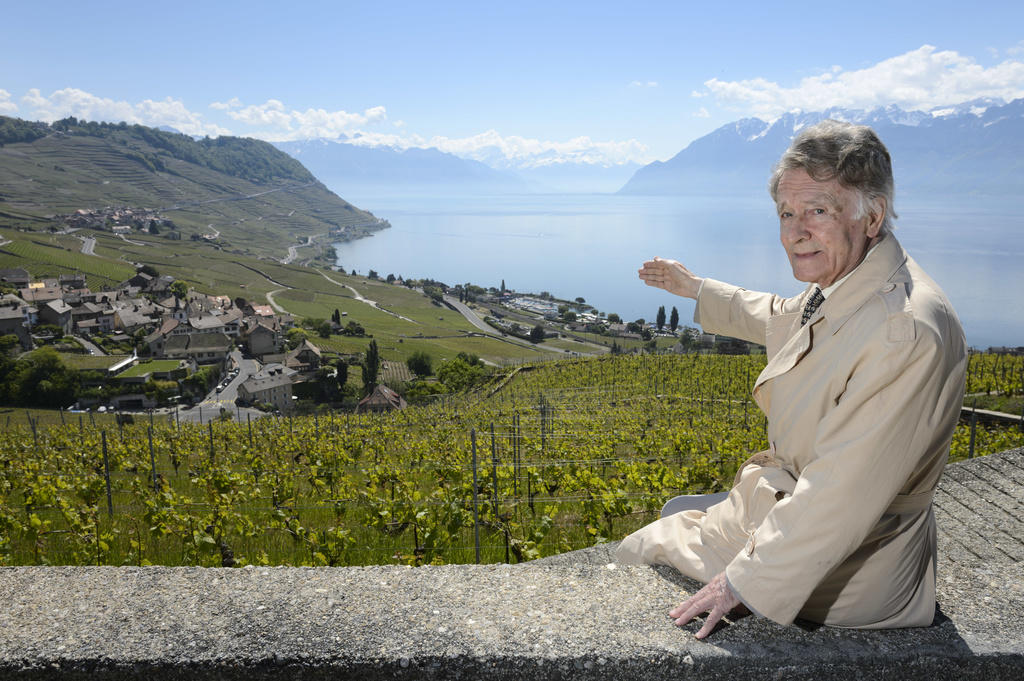
You can find an overview of ongoing debates with our journalists here. Please join us!
If you want to start a conversation about a topic raised in this article or want to report factual errors, email us at english@swissinfo.ch.